Special Needs School - Yogogakko
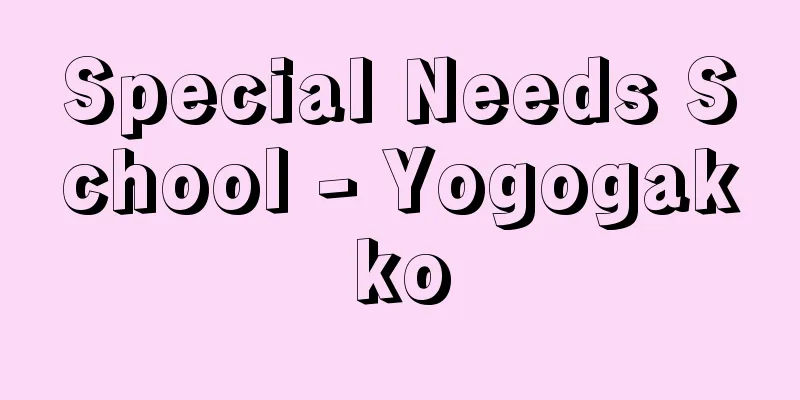
|
Until the School Education Act was revised in June 2006 and the system was changed from special education to special support education in April 2007, special schools were schools for children and students with intellectual disabilities, physical disabilities, and sickness/weakness. There were three types of special schools: special schools for the intellectually disabled, special schools for the physically disabled, and special schools for the sick. They provide education equivalent to that of regular kindergartens, elementary, junior high, and high schools, and are one of the special education schools that aim to cultivate the knowledge, skills, attitudes, and habits necessary to overcome various difficulties due to disabilities (the level and standards of disabilities are shown in the School Education Act Enforcement Order, etc.). There was also one special school (National Kurihama Special School, Kanagawa Prefecture) for children with multiple disabilities as an exception. Special schools for the mentally handicapped were able to have kindergarten, elementary, junior high and senior high school departments, just like today's special needs schools. In addition to each subject, moral education, special activities and comprehensive learning time, the curriculum of special schools for the mentally handicapped added a special teaching area called "independent activities" (formerly called "care and training"). Independent activities teach students the knowledge, behavior, attitude and habits necessary to improve and overcome their disabilities. Another characteristic of education in special schools for the mentally handicapped was that each subject was independently taught life studies. Special schools for the physically handicapped teach students to improve their motor functions, while special schools for the sick teach students to restore and improve their health. Special schools for the mentally handicapped (special schools for the mentally handicapped) set different goals and contents for each subject than those for healthy children, physically handicapped children, and sickly and physically weak children, because they have difficulties in mental development and social adaptation, and they placed special emphasis on teaching students with developmental delays. This type of teaching content is still carried on in current special needs schools. In 2006, the year before the system was revised to special needs education, there were 831 special schools in Japan with 94,360 students. Of these, 543 were for intellectual disabilities, 197 for physical disabilities, and 91 for illnesses. Among the special education schools, the compulsory education system for blind and deaf schools was implemented in 1948 (Showa 23), but for special needs schools, the compulsory education system was implemented in 1979. Similar to the compulsory education system for general elementary and junior high schools, the obligation to establish such schools was placed on prefectures, and the obligation to send children to school was placed on parents. Furthermore, teachers at special needs schools needed a special needs school teaching license in addition to a general teaching license (such as a teaching license for kindergarten, elementary school, junior high school, or high school). [Yasumasa Sato] [Reference items] | | | | | |Source: Shogakukan Encyclopedia Nipponica About Encyclopedia Nipponica Information | Legend |
|
養護学校は、2006年(平成18)6月に学校教育法が改正され、2007年4月に特殊教育から特別支援教育に制度改正が行われるまで、知的障害、肢体不自由、病弱・身体虚弱の児童・生徒を対象とした学校のこと。知的障害養護学校、肢体不自由養護学校、病弱養護学校の3種類があった。一般の幼稚園、小・中・高等学校に準じる教育を行うとともに、障害に基づく種々の困難を克服するために必要な知識、技能、態度、習慣を養うことを目的とする特殊教育諸学校の一つである(障害の程度と基準については学校教育法施行令などに示されている)。ほかに重複(ちょうふく)障害児を対象とした養護学校(国立久里浜(くりはま)養護学校・神奈川県)が特例的に1校あった。 養護学校には現在の特別支援学校と同じように幼稚部・小学部・中学部・高等部を置くことができるようになっていた。養護学校の教育課程では、各教科、道徳、特別活動、総合的な学習の時間のほかに「自立活動」(かつては「養護・訓練」とよばれていた)という特別な指導領域を加えていた。自立活動では、障害の状態の改善克服のために必要な知識、様態、態度、習慣を養うための指導が行われる。さらに、知的障害養護学校においては各教科のなかに独自に生活科が付け加えられているのも教育の特色であった。肢体不自由養護学校では、運動機能の向上を図るための指導、病弱養護学校では、健康状態の回復・改善を図るための指導などが特色としてあげられる。知的障害を対象とする養護学校(知的障害養護学校)では、彼らが精神発達の遅滞や社会的適応の点で困難性をもつことから、健常児や肢体不自由、病弱・身体虚弱の場合とは異なった各教科の目標や内容が掲げられており、とくに発達の遅れに対する指導が重要視された。このような指導内容は現在の特別支援学校に引き継がれている。 日本における養護学校の数は、特別支援教育に制度改正される前年の2006年(平成18)には831校あり、児童・生徒数は9万4360人であった。学校数の内訳は、知的障害関係543、肢体不自由関係197、病弱関係91であった。 特殊教育諸学校のうち盲学校と聾(ろう)学校の義務教育制は1948年(昭和23)に施行されたが、養護学校については1979年に義務教育制が施行された。一般の小・中学校の義務教育制に準じ、その設置義務は都道府県に、子供を就学させる義務は保護者にそれぞれ課されていた。なお養護学校の教員は、一般の教員免許状(幼稚園、小学校、中学校、高等学校の教員免許状など)のほかに、養護学校教員免許状を必要としていた。 [佐藤泰正] [参照項目] | | | | | |出典 小学館 日本大百科全書(ニッポニカ)日本大百科全書(ニッポニカ)について 情報 | 凡例 |
<<: School nurse - School nurse
Recommend
Huviṣka (English spelling)
…The pedestal of the Buddha, which only had its f...
Akita cedar - Akitasugi
Cedar grown in Akita Prefecture. A so-called fores...
Pavo (the Peacock)
Its abbreviation is Pav. It is a small southern co...
North China Development Co., Ltd.
…In December 1939, the Mengjiang United Autonomou...
sweet spire
... There are about 10 species of Itea distribute...
shuraṭ (English spelling) shurat
...The term refers to the police or police office...
Eastonite
...Mica that contains divalent cations such as Ca...
Great Patriotic War
The Soviet name for World War II. Stalin coined th...
Hajjāj b.Yūsuf
661‐714 Umayyad military officer and politician. D...
Hornbeam maple (English spelling)
...Also, A. nipponicum Hara (distributed in Honsh...
Cordeliers Club (English)
A private club founded in Paris in the spring of 1...
Learning
…These products were touted as the finest Chinese...
Salt tolerance
...In some cases, it is limited to higher plants ...
Royal African Company
… Companies as chartered companies were “early mo...
Baengnyeong Island
An island in the mid-western part of the Korean Pe...
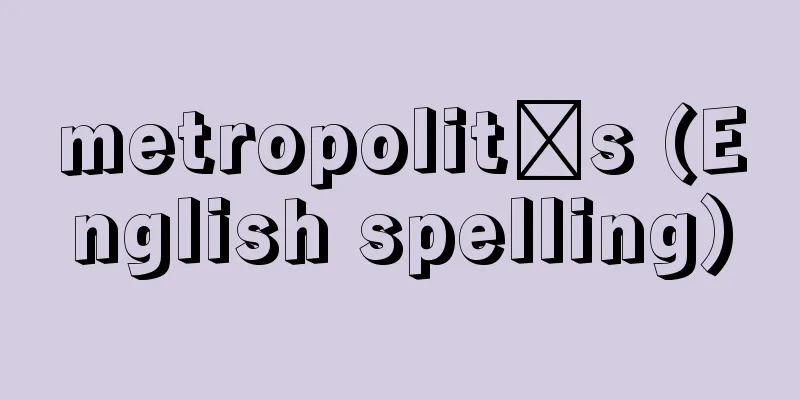
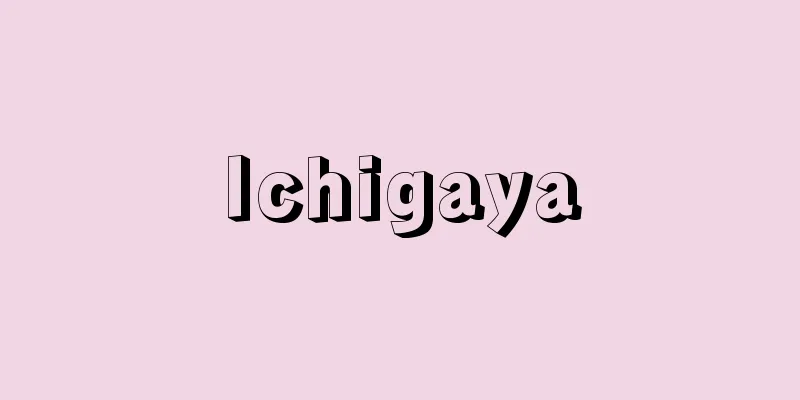
![Chiran [town] - Chiran](/upload/images/67cc387b19bfe.webp)
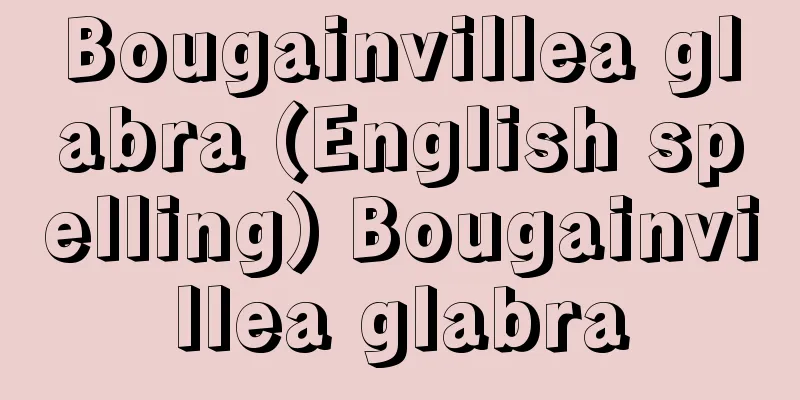
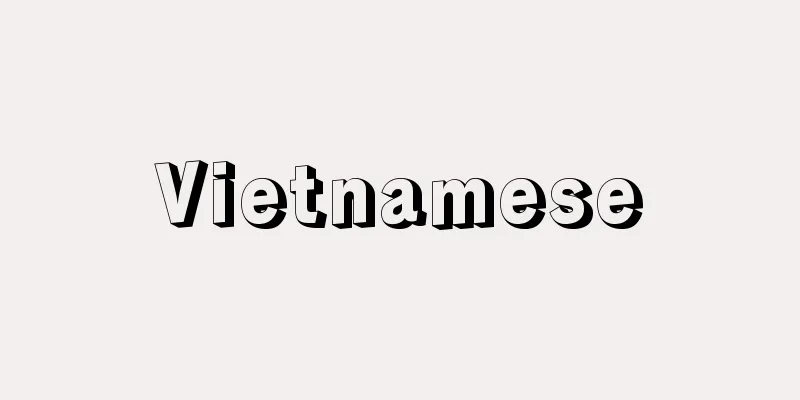


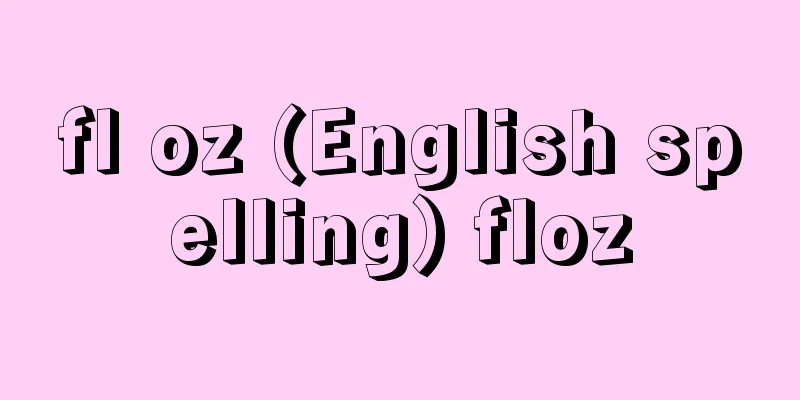

![Innai [town] - Innai](/upload/images/67caf76c705e5.webp)